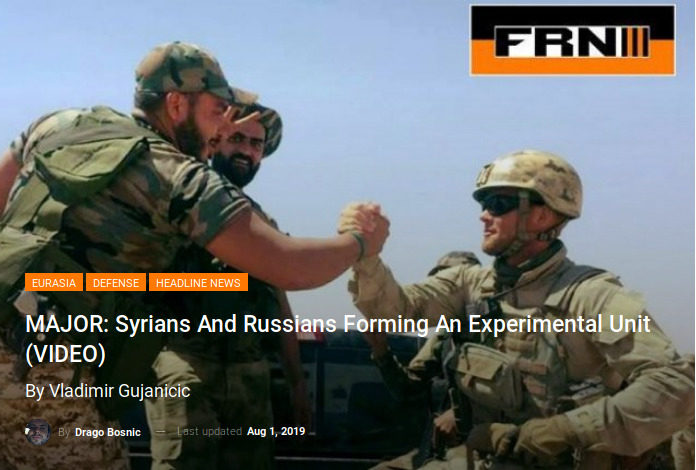We are witnessing a renewed Syrian offensive in Idlib province from multiple directions. The first phase of the offensive ended with a series of bloody battles, especially for Kafar Nabudah, where both sides engaged their elite units.
Despite terrorists suffering heavy losses due to the Syrian Arab Army's superior firepower, the losses of the army itself weren't negligible. The main pressing issue continues to be the terrorist possessing advanced anti-tank missiles, which are still a major obstacle to any rapid advance on part of the SAA. Thanks to these missiles, the advance of even superior SAA forces is greatly slowed. Recent offensives revealed just how pressing and persistent this issue is.
Terrorists in Idlib Province have almost completely switched to the captured or black market-acquired Russian anti-tank systems (mostly via Turkey), due to their superior efficiency in dealing with armored vehicles.
Kornet,
Metis,
Konkurs are all in the arsenal of the large terrorist army in Idlib Province. However, this time the joint Syrian and Russian command actively began to take various forms of action to neutralize the scattered terrorist targets, thus opening the way for the SAA breakthrough units, such as the
Tiger Forces.
First of all, it should be noted that the Syrian Army frequently began using its own guided missiles to hit enemy anti-tank guided missile (ATGM) operators, so on the ground, we got
sniper duels of opposite sides, which take place at distances of 2km or more. In addition,
the Syrian and Russian command supplied Suheil al-Hassan's divisions with a large number of drones, which are constantly in the air at the time of an attack to discover hidden positions and then neutralize them. This mode of operation has shown high efficiency, but there is a prerequisite for such a mode, and it includes the complete air superiority of the Syrian and Russian forces. Thirdly, it has been observed that SAA units are increasingly equipped with night-vision devices and that special attack groups have been formed that operate exclusively at night, thus significantly reducing the ability of terrorists to operate anti-tank missiles. The latest attacks in Tell Malah's direction showed that the Syrian army is continuing its evolution toward a modern and highly effective force. Two major attacks were carried out with minimal losses. The operations continue.
The Syrians and Russians could overcome the enemy by using pure firepower (which they don't lack), but what is clear is that anti-tank missiles will continue creating deadlocks in other conflict zones, and the side which adapts its own units to penetrate such zones will gain an upper hand in future conflicts.
Syrians, Russians, and Iranians have the ideal opportunity to fully form a large unit equipped and trained to deal with such a problem.English subtitles are available.

Comment: See also: Explaining Russia's position on Idlib